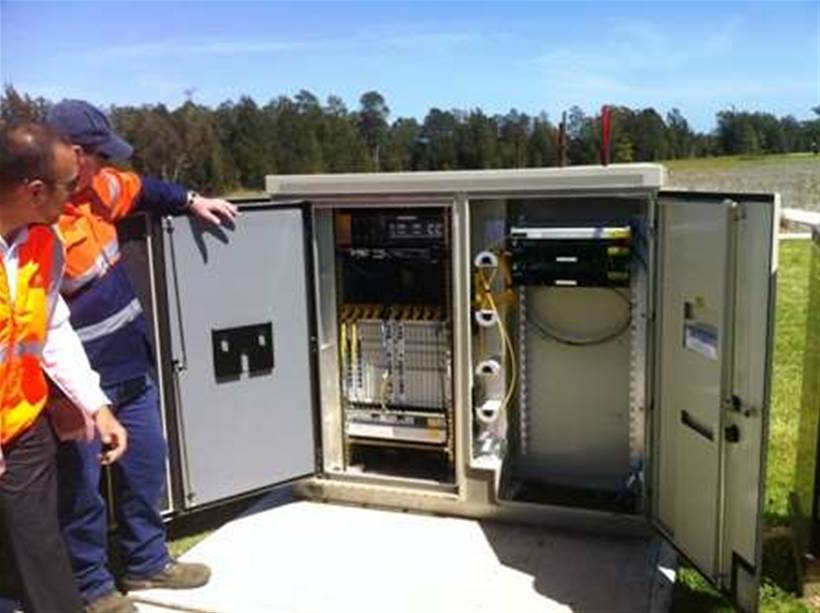Labor leader Bill Shorten and shadow communications minister Jason Clare have dropped separate hints of a greater role for fibre in the party’s yet-to-be-released NBN policy.
At a live forum in the marginal Queensland seat of Petrie, Shorten said he would not completely roll back some aspects of the multi-technology mix (MTM) model introduced by the Coalition, should Labor win the next federal election.
However, Shorten said that Labor’s forthcoming NBN policy announcement – “which we’ll be putting out pretty soon” – would propose “a greater proportion of the use of fibre”.
“We think we can provide more of that to more Australians,” he said.
That appeared to confirm comments made by the shadow communications minister Jason Clare at the CommsDay Summit in Sydney earlier this week that so called “fibre-to-the-driveway” technology – known technically as fibre to the distribution point or FTTdp – could replace future fibre-to-the-node (FTTN) deployments under a future Labor government.
The technology has been mooted inside NBN for about a year, and the company recently indicated it will consider giving it to around 300,000 premises that would otherwise have ended up with FTTN or fixed wireless services.
Clare said in his speech that the costs of bringing fibre to the driveway rather than to a node is “almost the same price” but increased internet speeds by “up to 10 times”.
The model still uses copper as a lead-in from the driveway to the house, but as less copper is required than under an FTTN model, the potential speeds are greater.
“If NBN Co can roll out fibre to almost your front door for almost the same cost as Fibre-to-the-Node and give you much higher speeds – why aren’t they doing it?” Clare said.
“Fibre-to-the-Node should be stopped as soon as possible (without slowing down the rollout) and at the very least roll [fibre to the distribution point] out or even better Fibre-to-the-Premises.
“I am pretty sure this is what senior management at NBN Co want to do.
“I think this is what they have wanted to do ever since this was first discussed with the NBN Board 12 months ago.
“The only reason it hasn’t happened yet is politics.”
Clare said that a series of recent leaked NBN documents “proved” that the FTTN model “was wrong” and should be changed.
Backing the ideas boom
Shorten used his live forum address this week to also back the Government’s ideas boom.
However, he believed more action was required to make the initiative successful, and – echoing the fears of entrepreneurs – believed the Government’s actions should not contradict the program’s aims.
“You can’t have an ideas boom in this country if children, depending on their postcode or the wealth of their parents, don’t get the same chance to fulfil their own capacities in future,” Shorten told the forum.
“Also for an ideas boom, you don’t sack CSIRO scientists, underfund public TAFE, [or] deregulate universities.
“I agree [with] Mr Turnbull [that] an ideas boom is a marvellous thing but where we disagree and where the choice is different is we’re actually going to fund the capacity so people get the best quality education, so they can have the ideas.
“There’s a big difference.”









